
Traces of the past linger in ways few ever notice. Hidden beneath some of our everyday habits lie echoes of pagan ceremonies that once marked life’s milestones and seasons. Here are 10 practices that invite you to see ordinary moments through the lens of long-forgotten traditions.
Using Salt For Protection

Superstitions about salt span continents. In pagan Europe, tossing salt over the shoulder aimed to blind lurking spirits. From sprinkling it at doorways to salting baths, this mineral’s mystical function persists, warding off unseen forces with a pinch of tradition.
Lighting Candles For Rituals

Beyond illumination, candles carried symbolic weight: ancient pagans lit them in ceremonies to invoke deities or mark sacred time. The flame represented life, protection, or divine presence. Today’s candlelit vigils and birthday wishes still echo those ancient, flickering beliefs.
Getting A Christmas Tree

That holiday tree in your living room? Well, its roots reach far deeper than December. In pagan traditions, evergreens stood tall in winter solstice festivals to symbolize endurance and vitality. When Christianity spread, this custom merged with many modern-day religious narratives.
The Use Of Herbs In Healing
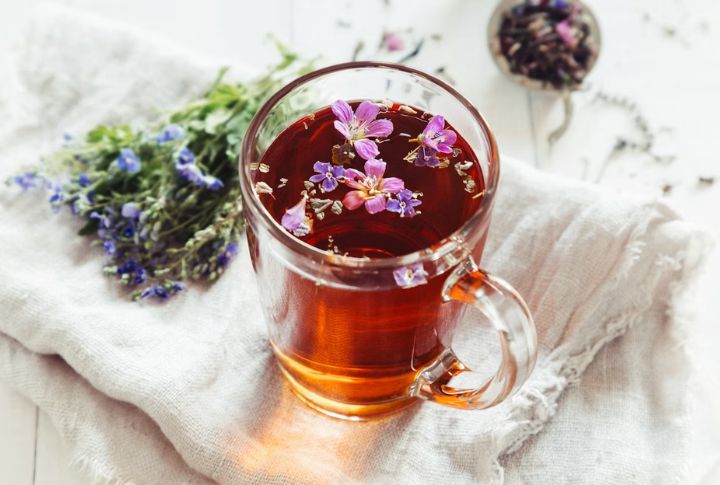
Long before modern medicine, pagan healers turned to herbs for everything from fevers to protection spells. Celtic druids even cataloged their potency. While pharmacies now dominate, herbal teas and tinctures still carry whispers of those forest-bound remedies.
Easter Eggs

Colored eggs weren’t always about rabbits and baskets. Ancient Persians and pagans exchanged eggs to celebrate spring and fertility. Centuries later, eggs slipped into Easter traditions—painting a sunny pagan past onto a Christian canvas.
Celebrating The Winter Solstice
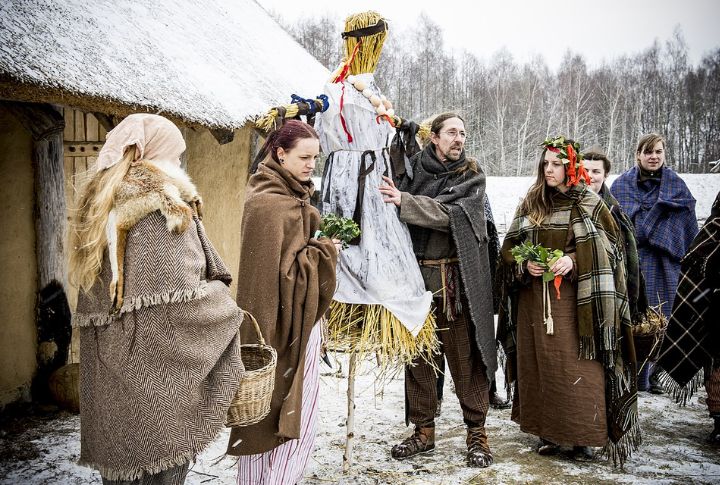
Pagan cultures marked the winter solstice with feasts, bonfires, and ceremonies to honor the sun’s gradual return. Though winter festivals have evolved, many holiday traditions (such as festive lights and communal gatherings) still reflect these early solstice rituals.
Carving Pumpkins To Scare Off Spirits
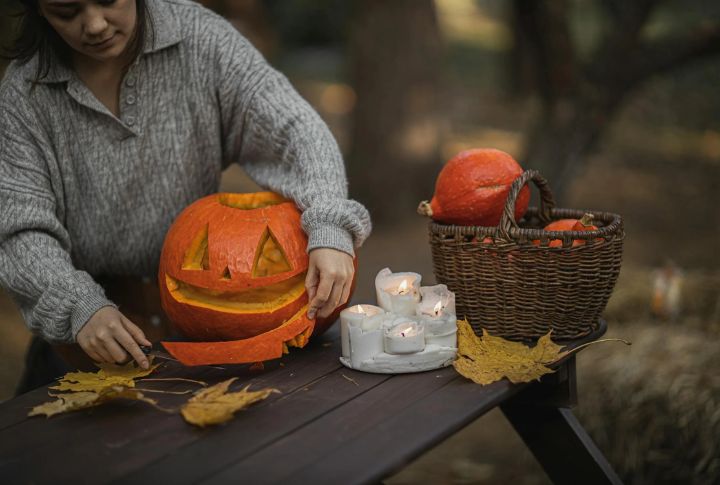
Turnips came first: Celtic Samhain rituals involved carving faces into root vegetables to ward off ghosts. Irish immigrants brought this practice to America, where pumpkins took over. Today’s jack-o’-lanterns are modern masks against the spirit world, rooted in a need for protection.
Maypole Dancing
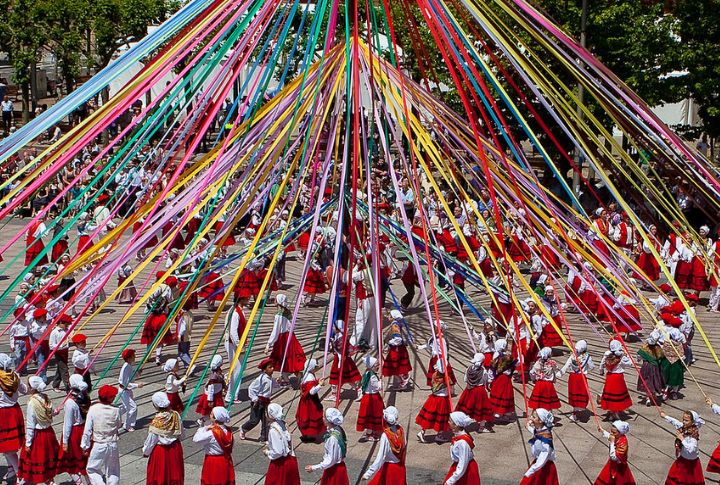
Dancing around the maypole celebrates fertility and community, originating in European pagan spring rites. The pole’s ribbons symbolize weaving life’s energies together, a joyful expression of nature’s renewal that still enlivens spring festivals worldwide.
Throwing Rice Or Confetti At Weddings

Tossing rice or confetti springs from pagan fertility rites meant to bless the couple with abundance and prosperity. This practice, once involving grains or seeds, continues as a joyful gesture wishing growth and good fortune in marriage.
Harvest Festivals
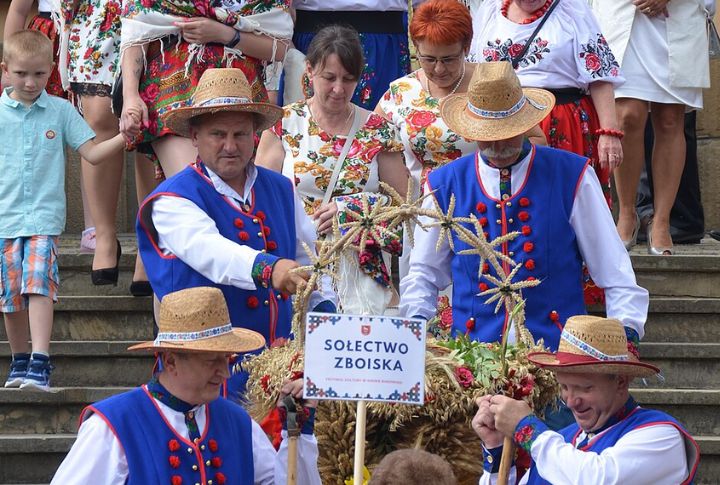
Ancient pagans honored the earth’s bounty with harvest festivals, giving thanks for crops and preparing for winter. These communal celebrations laid the groundwork for modern Thanksgiving and other autumn holidays focused on gratitude and sharing nature’s gifts.

